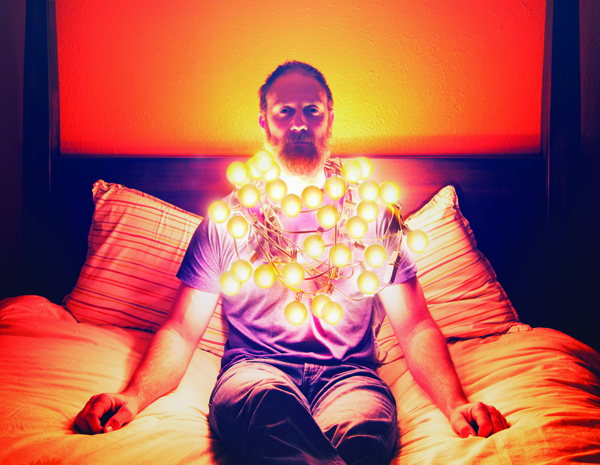Shining a light on seasonal affective disorder

The most depressing thing about winter isn’t the cold, icy roads that make jogging and driving a pain, or the lack of warmth on your bare skin. The biggest bummer, the bane that always makes me curse my younger self for not settling down in the Bahamas, or even Florida (ok, maybe not Florida) is coming out of my office at 5pm to darkness. Doing my post-work run in the dark, knowing I wasted every minute of daylight at my climate-controlled desk job … ugh.
But for those with seasonal affective disorder or SAD (really, they couldn’t find a better acronym?) in this time of darkness can be excruciating. Triggered by the changing of seasons, this type of depression most commonly starts in the fall and spans the winter months, ceding in the spring and summer as the sun sticks around longer during the daytime hours. Symptoms of SAD include irritability, weight gain, tiredness, and low energy.
SAD is typically treated with light therapy, where patients sit in front of a light therapy box that emits a very bright, typically white light every day for 30 minutes after waking up. According to Mayo Clinic, light therapy generally is effective in treating most people with SAD, although research on the topic is still limited.
But new research has been released suggesting that light therapy is not the only effective treatment for SAD — and perhaps not even the best treatment in the long run. Published in The American Journal of Psychiatry, the study compared light therapy for people with SAD with cognitive behavioral therapy, a common form of mental-health counseling that helps patients identify and respond to negative thinking and challenging situations more clearly and effectively. Comparing the use of cognitive behavioral therapy with light therapy in those with SAD, the study found that both treatments did not differ in effectiveness during the first winter. But beyond this first winter, cognitive behavioral therapy pulled ahead, with the cognitive behavioral therapy group reporting less people with depression than those in the light therapy group. Even the symptoms were less severe for those in the cognitive behavioral therapy group.
Looking at these results, I can’t help but think about the “mind over matter” mantra. Talking to The Atlantic magazine, Kelly Rohan, a professor of psychology at the University of Vermont and lead author of the study, hinted that cognitive behavioral therapy might work better because it focuses more on the mindset that leads to depression, rather than the seasonal changes that affect those with SAD.
“You can manipulate the light in your environment by using light therapy, and that is an effective treatment,” Rohan told The Atlantic. “However there’s another way, by changing your thinking style and your behavior, that might actually confer longer term benefits than light therapy.”




